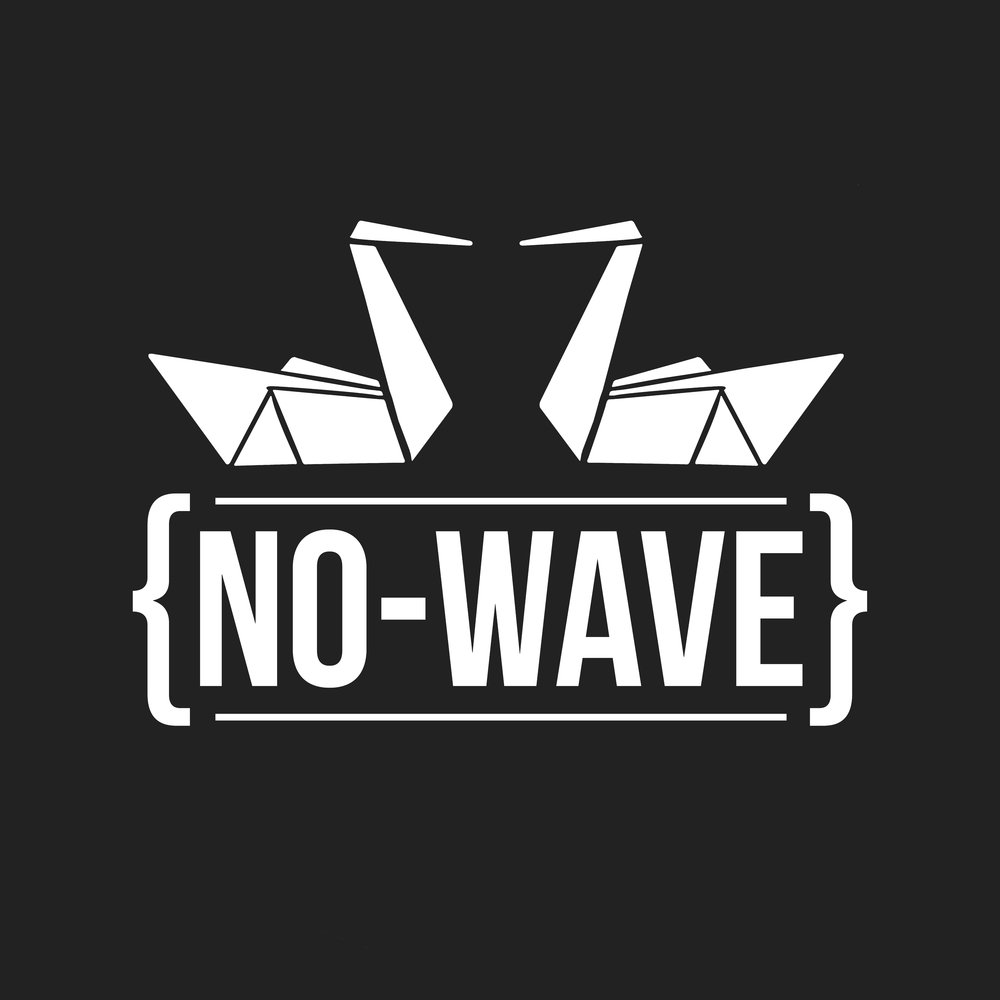The views, thoughts, and opinions expressed in the text belong to the author, and not necessarily to the author's employer, organization, committee or other group or individual. This is a damage-control disclaimer because tech-giants are lawsuit-happy parasites who will happily bankrupt normal people to add another few thousand to their trillions in capital.
---
No-Wave recently received an email from Danish musician SØS Gunver Ryberg. It contained her powerful new track, ‘Doing Our Best Is No Longer Good Enough’ (review below). But in the same email, Ryberg stated Youtube may take her track down, as they are removing all Danish music from their website. Yes, all.
Since 2013, Denmark’s music has lived on Youtube according to an agreement between the site and Danish copyright collective KODA. But recently that’s changed. Copyright collectives like KODA (a U.K. example being PRS for Music) are organisations who license and manage copyrighted works. Royalties are delivered to the copyright holders. The amount recieved is determined by the artists' foothold in the industry, and the popularity of their work. Such collectives are either union-style opt-in organisations, or NGOs established by statute. Pocket-lining notwithstanding, the aim of these collectives is to ensure the fairest possible payment to copyright holders for their work.
It comes as no surprise that some collectives have histories of documented corruption, delayed payments, and dishonest distribution of revenue. In serving out slices of the pie, organisations labour under the self-deception that they themselves baked it, glutting before feeding others. To some, they're self-appointed moneymen and bully-boys who operate legally-sanctioned shakedowns. Others see them as a welcome security net; preventing piracy, thievery, and the hosting of non-attributed work. Denmark’s KODA seem to fall into the second camp, with no high-profile controversy to their name. Denmark's lively and experimental music scene doesn't feel like it could be made by the discouraged.
So what’s changed since 2013? In April of this year, KODA’s licensing agreement with Youtube expired. Polaris Nordic, a sort of pan-Scandi alliance between KODA and Finnish/Norwegian collectives TONO and Teosto, have since been negotiating a replacement.
In the interim, Youtube offered a temporary extension to its deal with KODA. The trouble is, according to KODA, Youtube proposed a new condition which required a seventy per cent reduction in payment to KODA’s clients. KODA assert that Youtube were already pretty miserly before this move. Youtube pay out out far less on average than any other streaming service, and KODA have rejected their deal. As a result, all Danish music has been pulled from Youtube in Denmark. This blanket ban has even affected Danish musicians unaffiliated with KODA. Amidst a global pandemic, and resultant dearth of live performance, this move threatens further financial instability to an industry already on its knees.
It’s hard to see Youtube’s actions as anything other than the latest example of twenty-first century tech giants’ monopolistic power. Complaints of copyright collectives’ stranglehold on art funding seem antiquated and quaint. Now we contend with shameless, nauseatingly corporate one-upmanship and power-play; the multi-billionaires’ version of “this is a knife”.
Youtube now positions itself as a music streaming platform—something it never did in 2013. The site even flogs its own ‘Youtube Music’ service through useless self-serving spam every time you visit it. In 2018, the IFPI’s Music Consumer Insight Report found that forty-seven per cent of music consumption now streams via Youtube. This is marginally shy of anything warranting investigation by a monopoly commission. The question is: can the arts afford to allow its most dominant representative to withhold funding, globally centralise copyright policy, and dictate artists’ royalty payments? Because that’s the way it’s going—greedy guts wants the entire pie.
For these reasons, No-Wave will host Vimeo and Bandcamp links to SØS’s music video below. We decline to host links to any Youtube content going forward. We also maintain that fans of music should—wherever possible—support their favourite artists through Bandcamp or physical purchases instead of streaming.
With that said, here is a review of SØS’ track:






